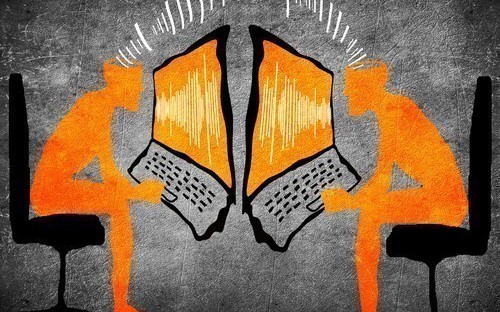If you’re researching web development services for your business, you’ll probably run across a lot of references to APIs, or “application programming interfaces.” Unless you’re an IT manager, you may be unfamiliar with APIs and how they can make your website more useful. As a web developer, I use them all the time to create a richer, more useful experience for our client websites. Here’s a description, in simple, non-techie terms, of what APIs are and how they can make your website better.
What is an API?
An API sets the ground rules for an exchange of information between two computer systems. In other words, an API defines how two computer systems should carry on a conversation.
Let’s say a company develops a service to create a map when provided with an address. This is a very simple conversation. One system sends the address to the mapping API on the other system, which sends back a map showing a marker at the location of that address. If you’ve ever visited a web page with an embedded map, this type of conversation took place to display the map for you.
Other common APIs are:
- Analytics: Track the number of times a web page has been viewed.
- Payment Services: Handle payment processing for e-commerce sites.
- Geolocation: Determine a user’s zip code using their IP address
How APIs Make Websites Better.
We recently redesigned a website for an allergist which shows the current pollen counts for three different regions in Kentucky, provided by a private API. We’re able to regularly request the most up-to-date information, and display that information on their beautiful, responsive homepage. This exclusive information is valuable to the client’s prospective patients and helps position them as a helpful resource.
The bottom line about APIs? They save you from having to reinvent the wheel to provide useful, timely information on your website. If there’s data your audience wants or needs that you’d like to provide on your site, it’s worth finding out if an API already exists or could be created to provide it, and get the conversation going.

